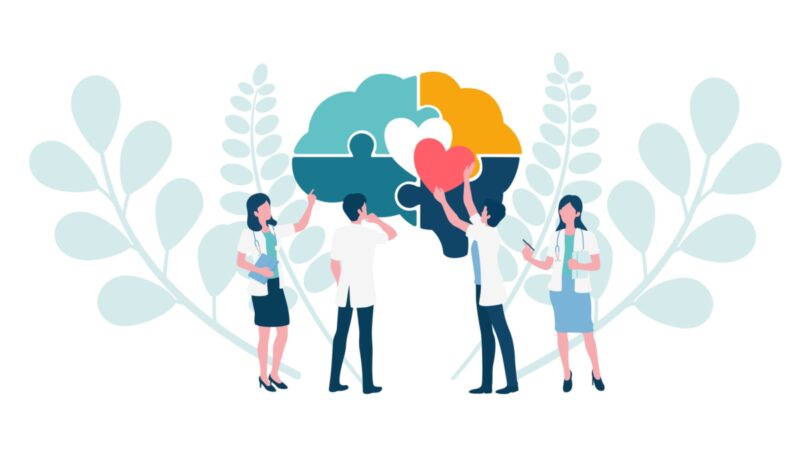As we have already mentioned before, the use and abuse of substances can lead to other types of pathologies such as depression or anxiety and even psychotic symptoms. Said association can occur simultaneously in time, or be interspersed throughout the life of that person.
It is often difficult to discern which came first: the use, or the disorder. Whether consumption was the cause of the disorder, or vice versa.
What is clear is that when there is such an association (a mental disorder together with substance use), the prognosis is worse: studies show a lower rate of success in treatment, a higher prevalence of suicide (both attempted and of completed suicides), a greater risk of relapse and hospital admission and a greater propensity to carry out risky practices that predispose them to other medical problems (traffic accidents, sexually transmitted diseases…) and social problems (relationship breakups, illegal conduct…).
All of this makes systematic detection and adequate treatment of dual pathology necessary, a challenge for today’s society, in which unfortunately the incidence of said pathology is considerable, and the means to deal with it are not being sufficient.

What is the best way to help people with this problem?
As always, everything starts from an individualized treatment program, that is, a program adapted to the characteristics, needs and particular situations of each patient.
The approach to dual pathology should always take into account simultaneously all the problems (consumption and mental disorder), and treat them from the first point of contact.
This, added to a multidisciplinary approach in which psychologists, psychiatrists, and other professionals participate jointly depending on the specific needs of each case, is what will guarantee a greater probability of success in the treatment.
